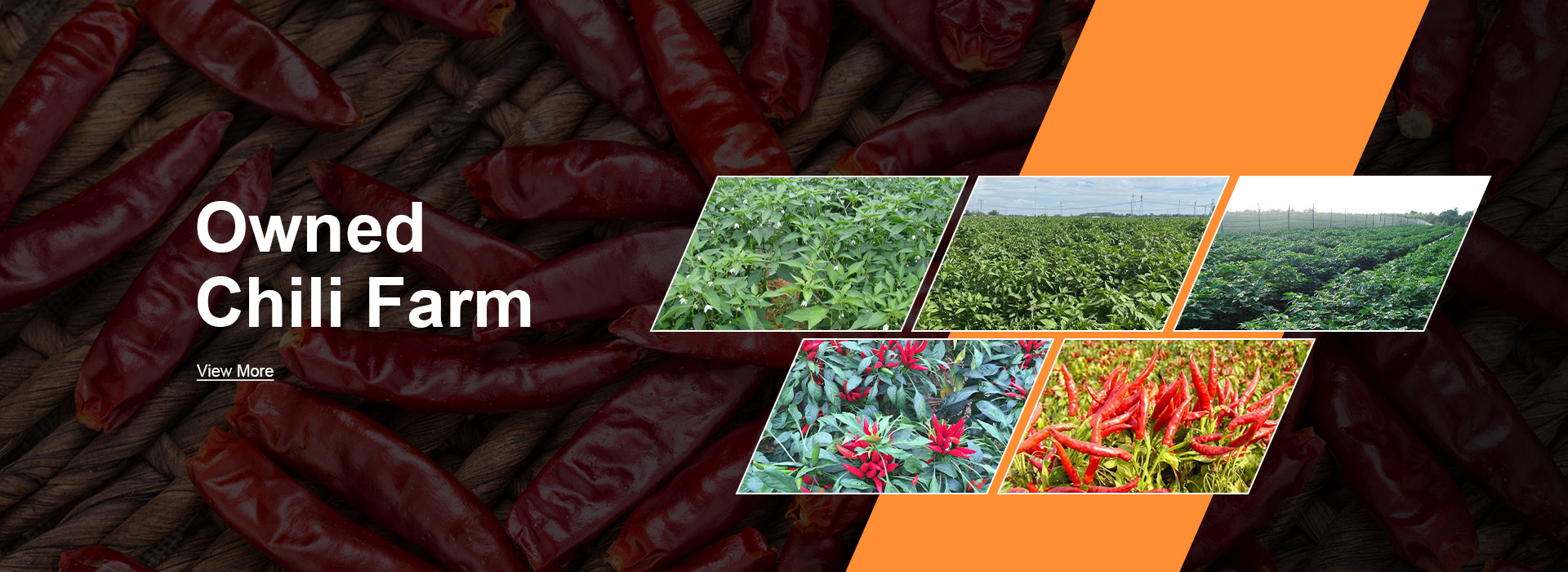Nov . 14, 2024 13:49 Back to list
famous paprika pepper
The Allure of Paprika A Journey Through Flavor and Heritage
Paprika, with its vibrant red hue and distinct flavor profile, is much more than just a seasoning; it is a symbol of rich cultural heritage and a testament to the culinary ingenuity of various nations. Its history is as colorful as its appearance, having made its way from the Americas to Europe, where it became a staple in many cuisines. This article explores the fascinating world of paprika pepper, its varieties, uses, and the cultural significance it holds.
A Brief History of Paprika
Paprika traces its origins to Central America, where it was cultivated by indigenous tribes long before the arrival of European explorers. After Christopher Columbus's voyages in the late 15th century, the pepper seeds were brought back to Spain, where they thrived in the warm climate. Over time, paprika became an integral part of Spanish cuisine, especially in dishes like paella.
However, it was Hungary that truly elevated paprika to iconic status. The Hungarians cultivated sweet and spicy varieties of the pepper, ultimately leading to the creation of a unique spice that has become synonymous with their culture. Today, Hungary is famous for its bold, flavorful paprika, which is used in numerous traditional recipes, including goulash and stews.
Varieties of Paprika
There are several types of paprika, each with its distinct flavor, color, and heat level. The main varieties include
1. Sweet Paprika Known for its mild flavor and vibrant red color, sweet paprika is frequently used in everyday cooking and serves as a key ingredient in many Spanish and Hungarian dishes.
2. Smoked Paprika (Pimentón) This variety, often produced in Spain, is made from peppers that are dried and smoked over oak wood. It imparts a deep, smoky flavor to dishes, making it a favorite for grilling and barbecue recipes.
3. Hot Paprika For those who crave heat, hot paprika offers a spicy kick, derived from specific varieties of chili peppers. It adds depth and piquancy to sauces, marinades, and spice blends.
4. Hungarian Paprika This variety is actually a classification that includes several levels of sweetness and heat. It's highly regarded for its rich flavor and is often labeled as noble sweet, exquisite, and rose, each indicating different levels of pungency and sweetness.
5. French Paprika Known for its more subtle and nuanced flavors compared to Hungarian varieties, French paprika often finds its way into dishes like bouillabaisse and various sauces.
famous paprika pepper

Culinary Uses
Paprika is a versatile spice that can transform dishes with its unique flavor and bright coloring. It can be used in a multitude of ways
- Seasoning for Meats Paprika can be rubbed on meats before grilling or roasting. Its ability to enhance the natural flavors of the ingredients makes it a sought-after choice among chefs.
- In Soups and Stews A touch of paprika can elevate soups and stews, adding warmth and richness, as seen in the classic Hungarian goulash.
- Coloring Agent In addition to its flavor, paprika offers a beautiful color that can enhance the visual appeal of a dish, making it a common garnish for salads and egg dishes.
- In Dips and Sauces Mixing paprika into yogurt or sour cream creates a delightful dip, while adding it to sauces can provide depth and complexity.
Cultural Significance
Paprika is more than just a spice; it is a cultural icon, particularly in Hungary. The annual Paprika Festival in Szeged celebrates this beloved spice through cooking competitions, tastings, and cultural events. It's a time when locals and tourists alike can indulge in the diverse flavors of paprika-infused dishes.
Moreover, paprika serves as a symbol of culinary fusion, representing the melding of indigenous American ingredients with European cooking styles. This blend of cultures illustrates how food can transcend boundaries and bring people together, allowing for shared experiences and mutual appreciation of heritage.
Conclusion
The journey of paprika from its origins in the Americas to its current status as a culinary staple is a testament to the power of food in shaping culture. Its versatility, combined with its vibrant history and significance, makes paprika a beloved ingredient in kitchens around the world. Whether you are sprinkling it on a dish for color or infusing a sauce with its rich flavor, paprika remains a magical spice that continues to inspire chefs and home cooks alike. Embrace the allure of paprika, and let it take you on a flavorful journey that echoes through time and tradition.

